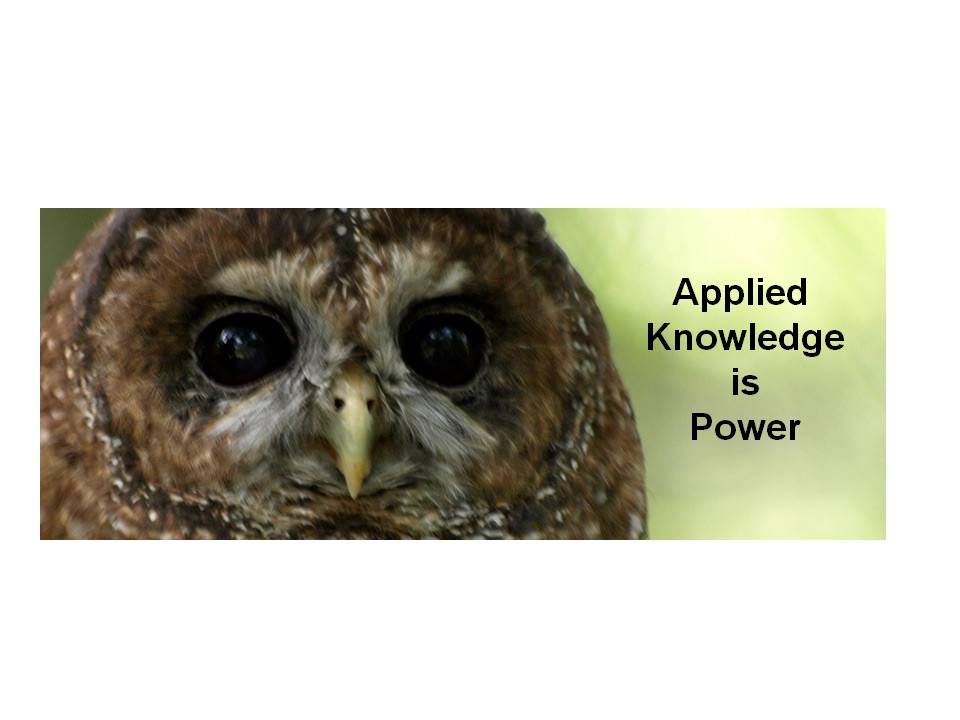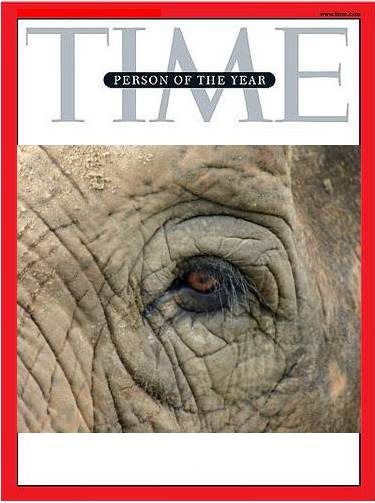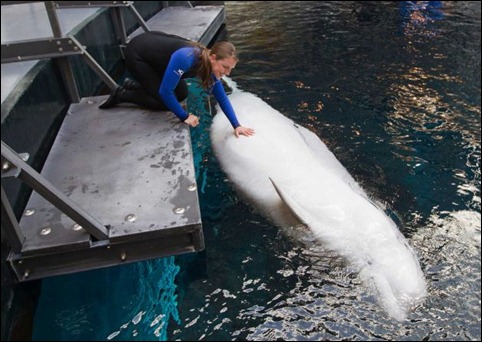Last week the Orlando Sentinel published an article on the very contentious issue of The Georgia Aquarium, SeaWorld and other aquariums trying to import wild-caught beluga whales for public display.
There has been a lot of focus on the Georgia Aquarium because it is the hub of this effort, but I am glad to see that attention and criticism is also being turned to SeaWorld and the other players in this exploit.
Yesterday, the New York Times published a piece on the strong opposition to the import application which featured objections from the scientific community, including myself and my colleague, Hal Whitehead, and even criticism of taking whales from the wild from Robert Michaud, the scientist who was hired by the Georgia Aquarium to coordinate research into the beluga populations in the Sea of Okhotsk.
There is no evidence that public displays of dolphins and whales are educational in any sense of the word.
This is the first time since 1993 that a U.S. marine park has sought to acquire wild-caught whales for public display. When asked to justify this major change in policy, the Georgia Aquarium replied that it is “to promote conservation and education.” They play the education card regularly because the Marine Mammal Protection Act (MMPA) requires public displays of marine mammals to be educational. They also know that education is an unassailable objective, so all zoos, marine parks and aquariums pay lip service to it.
My analyses of the educational claims of the marine mammal captivity industry and specific claims made by the Association of Zoos and Aquariums (AZA) are quite well-known by now. You can read my co-authored article “Do Zoos and Aquariums Promote Attitude Change in Visitors?” here. In a nutshell, there is absolutely no evidence that public displays of dolphins and whales (or other animals) are educational in any sense of the word.
Saying that something is educational is not the same as something actually being educational. And this was the focus of my testimony to Congress at the House Committee on Natural Resources Subcommittee on Insular Affairs, Oceans and Wildlife in 2010 on the educational claims of the marine mammal captivity industry.
In my testimony, I questioned whether the marine mammal captivity industry is meeting the educational requirements of the MMPA and argued that in order for any program to meet even minimum standards for education or conservation, two straightforward criteria must be met:
First, the information provided about the animals on display and their natural history, biology, behavior and conservation status must be accurate. Second, there must be evidence, based on valid outcome measures, that visits to these facilities serve an educational or conservation purpose.
To address the accuracy question, I evaluated the online public information provided by three major organizations – the AZA, the Alliance of Marine Mammal Parks and Aquariums, and SeaWorld Parks and Entertainment. These three organizations collectively represent more than 60 percent of the zoos and aquariums in the U.S. holding marine mammals on public display.
These organizations do not meet even the minimal standard that information supplied to the public must be accurate.I found that these organizations misrepresented information about the welfare and intelligence of marine mammals with boldly inaccurate assertions and biased half-truths. Their claims that marine mammals live longer in captivity than in the wild, that dolphins are average in intelligence, and that marine mammals do not become stressed in captivity are examples of the incorrect information they feed to the public to present a benign picture of marine mammal captivity. Therefore, with regard to the first criterion, these organizations do not meet even the minimal standard that information supplied to the public must be accurate.
As to the question of whether there are any objective outcome measures that demonstrate learning and attitude change in visitors to marine mammal displays, I found absolutely no evidence to support this claim. The marine mammal captivity industry depends on dubious studies and irrelevant visitor polls to make their claims. The one peer-reviewed study published by the AZA was deeply flawed and could not provide any support for the education claim.
My general conclusion from all the available evidence was that the marine mammal captivity industry has fallen far short of their obligation to educate the public. (My full testimony is here, and you can view the video of the full session here.)
On October 12th I will be presenting these conclusions at the public hearing to be held by NOAA at the Silver Spring Metro Center Complex, NOAA Science Center, 1301 East-West Highway, Silver Spring, MD 20910.








